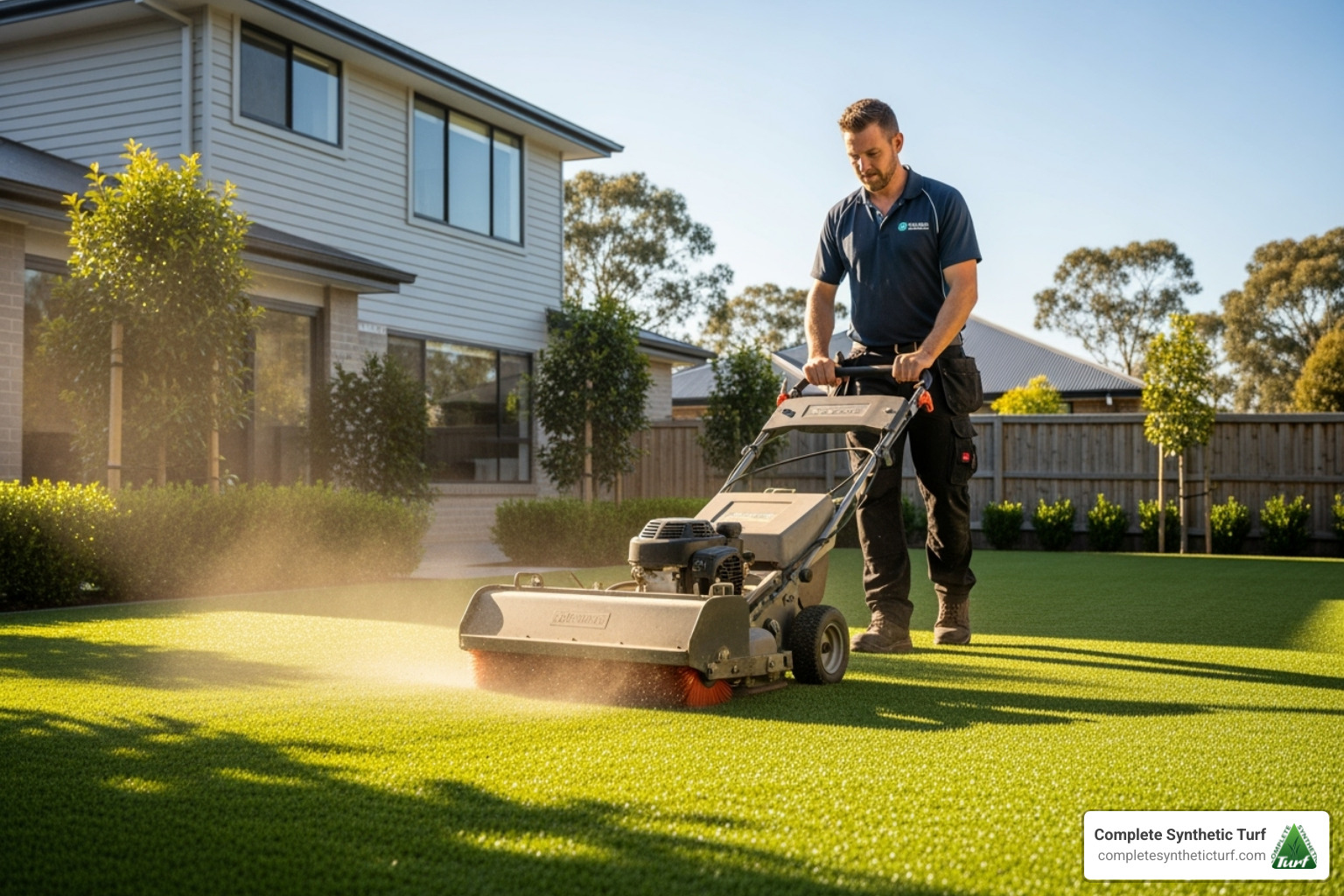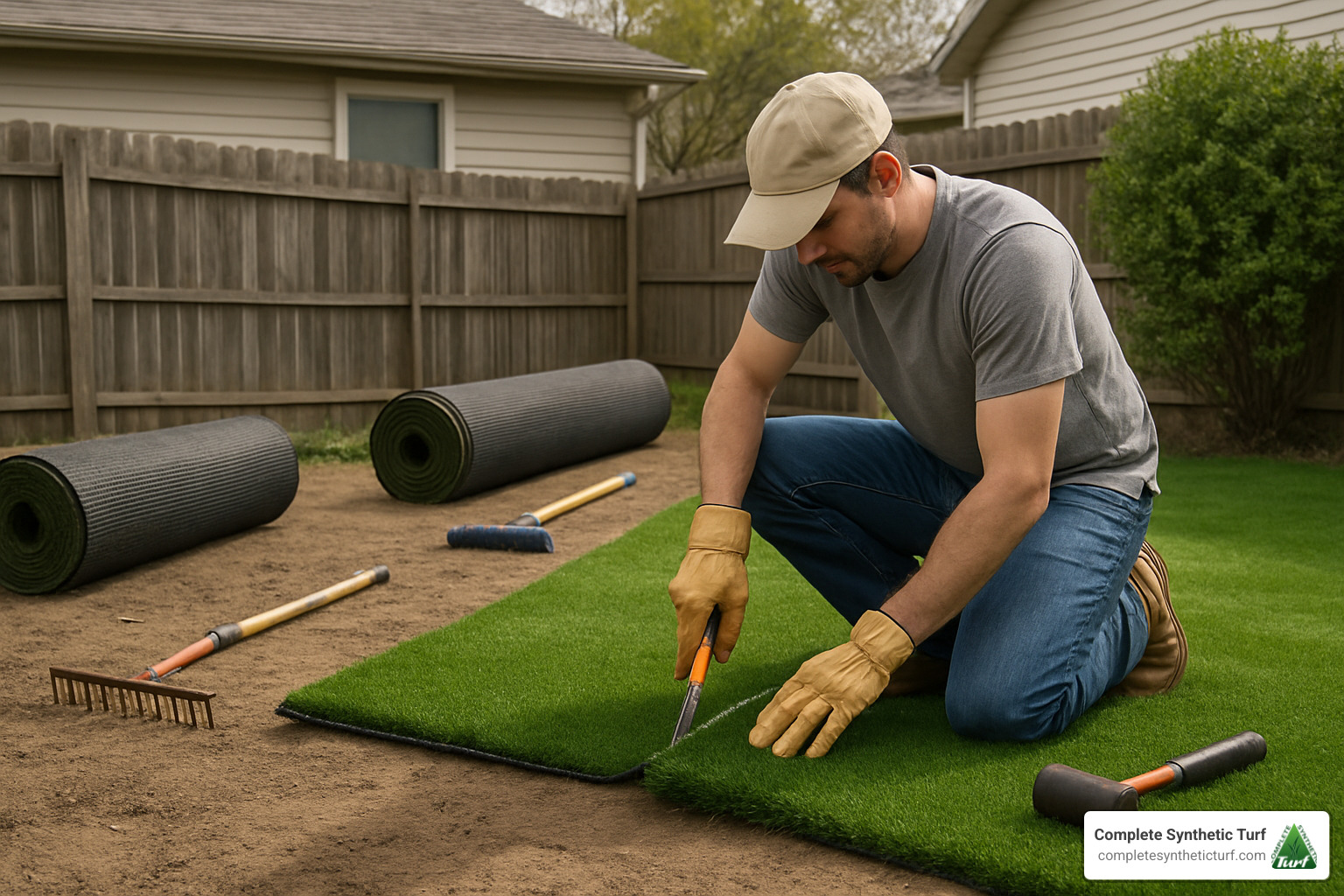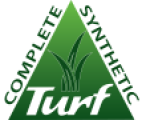Artificial Grass: The Eco Friendly Option
Now more than ever many families, companies and individuals are turning to a more eco friendly lifestyle in order to preserve the environment and use less waste. Artificial grass has come a long way and so have the environmentally friendly benefits. Many are making the switch to fake grass at their homes, schools, sports complexes and playgrounds. The possibilities are endless with synthetic turf installation but the biggest question is: What makes artificial grass an eco friendly option and safe for the environment? We researched and here are the top 4 reasons Artificial Grass is the eco friendly choice.

WATER USAGE
Real grass needs water to keep green and lush. During the summer months and in many dry regions throughout the United States, water can be scarce. Which means your natural lawn and grass will suffer. Artificial grass on the other hand does not. Many synthetic turf owners will hose off their artificial grass when needed to rid the dirt, dust, or if used by pets. According to some research studies, grass consumes as much as 50 percent of all water used on land. Not only can that be very expensive but with having artificial grass as a cheaper, less wasteful option, you can see why many people are choosing to go with installing the more eco-friendly choice that uses less water and still attain a green lawn year round.
REDUCES CARBON EMISSIONS

While maintenance equipment is required to keep natural lawns healthy and lush, artificial grass does not require any maintenance. Lawn mowers, weed trimmers, scarifiers, etc.- all use diesel or petrol. Even though these lawn and gardening chores have become very easy with the advancing technology, have you thought about how much these tools pollute the air? The use of these fossil fuels in everyday living emits greenhouse gases. Greenhouse gas is a gas that contributes to the greenhouse effect by absorbing infrared radiation, chlorofluorocarbons and carbon dioxide. With the use of artificial grass, maintenance equipment is simply not needed. Your artificial grass will look fresh, luscious and immaculate as the first day you had it installed. You do not have to trim or do anything that requires lawn equipment, which depends on fuel to function. Therefore, reducing your carbon footprint.
ARTIFICIAL GRASS WILL NOT CONTAMINATE LOCAL WATER SOURCES
Artificial grass is never toxic. Natural grass on the other hand needs fertilizers, pesticides, weedkillers, and herbicides to keep a natural lawn protected from pests and diseases. Not only are these products harmful to humans but also animals and especially pets. The products contain chemicals that can spread to local water and drinking water sources like rivers, ponds and streams, during heavy rain or even when watering the grass through surface water runoff. This will make the desalination and filtration processes more difficult before it finds its way to your drinking water. The chemicals that are in these products can also be absorbed into the ground, contaminating the groundwater and ocean, potentially damaging animal and marine wildlife. Excessive amounts of toxins can also cause algae to populate rivers and streams, killing fish and vegetation in the process. Synthetic grass does not attract any pests, weeds or bugs as the grass is completely artificial. Turf does not need or use any of these dangerous, life threatening chemicals to stay fresh or safe, which in the end protects your drinking water, pets and the environment
HARVEST RAINWATER RUNOFF
While natural grass absorbs water, artificial grass does not. With synthetic grass, water drains through the surface or along the ground into storm sewers. While installing artificial grass, a substructure can be made or set up to harvest water runoff. The harvested water can then be used for other purposes such as watering plants and trees.
Ready to hear more? Contact us for a free consultation!




